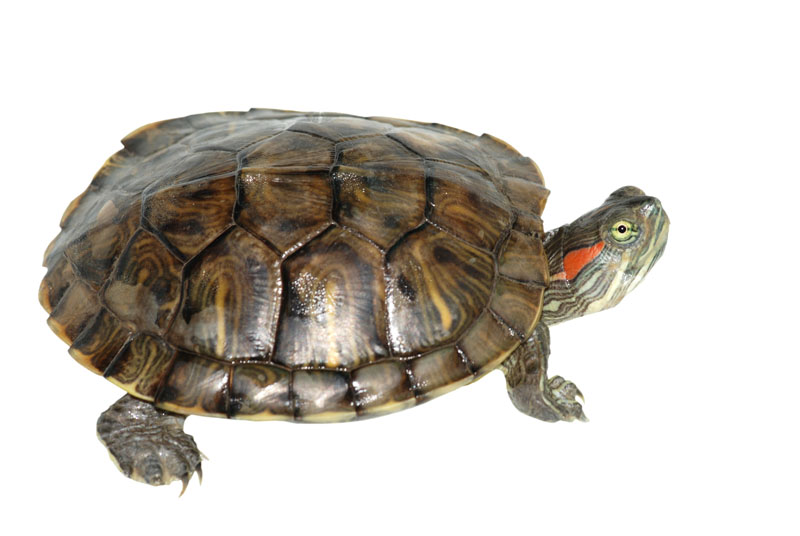

Not only can the adult red-eared slider reach twelve inches in length – it may also live to be twenty years of age, and over. Unfortunately, pet owners are often unaware of the changes that will happen to their tiny turtle, and can become overwhelmed by its siz e, demands for food, and its longevity. While these tiny turtles are just over four inches long when purchased as a pet – adults may triple in size, reaching up to twelve inches in length. It gets its name from the broad red stripes behind each eye. The red-eared slider is a hardy and popular aquarium pet in the United States. While this tiny little turtle may seem like the perfect pet – think again!

Predators include raccoons, otters, foxes and other medium-sized animals.Removing the Invasive Red-eared Slider from Presque Isle, PA They hatch from eggs in 2 to 3 months, looking like fully-formed adults. Otherwise, the baby turtles will be males. Females are born if the nest is warmer than 80 degrees Fahrenheit. Between 2 to 30 oval, soft shelled eggs will be laid at one time. They dig the nests in soft, sandy soil with lots of sunlight to keep their nest warm.

Females dig nests with their hind legs between 3 and 4 inches deep and around 650 feet from the water’s edge. Turtles slide into the water when they feel threatened but if they can’t get into the water fast enough they pull their head and legs into their hard shell for protection.īreeding season is from late spring to early summer. Predators include raccoons, otters, foxes and other medium-sized animals. Up to 70 years in the wild and up to 40 years in human care if looked after well. Turtles don’t have teeth they chew using the horny ridges that have little sharp groves, like a serrated knife, on their upper and lower jaws. Eat mainly aquatic plants and small animals, such as crickets, fish, crayfish, snails, tadpoles and worms. They are considered one of the 100 most invasive non-native species in the world. However, because they have been popular in pet stores over the years, the range has spread throughout the world due to humans improperly releasing them into the wild. These turtles are native to southern climates including the south-central United States and range from West Virginia to Illinois. They also need to be able to climb out of the water and get warm in the sun on rocks or logs. They live in ponds, lakes, marshes and in slow-moving rivers that have soft, muddy bottoms. They are very sensitive to cold temperature. Reptiles brumate, so they spend their time in winter on the bottom of their pond or lake and come out to sun themselves on bright days. They are less active in winter but do not hibernate. The sun warms them and helps rid them of parasites. They lay in the sun in groups on rocks, logs or fallen trees. They are sometimes called slider turtles. Red-eared sliders get their name from the red mark near their ear and the fact that like to slide off rocks and logs into water. Females have longer claws on their front feet and can grow as large as 12 inches long. The bottom shell (plastron) is yellow with a dark, rounded blotch in each scute. The head, neck and legs are greenish with yellow stripes. The scutes are outlined in yellow, and there is a red ear mark located just behind the eye. The Red-eared slider’s carapace looks like a bowl turned upside down and is divided into “scutes” – instead of a smooth shell, they look like they have separate plates stuck together to form the shell. One difference between the two is the top shell (carapace). Red-eared sliders are brightly marked and are sometimes mistaken for the Western painted turtles.


 0 kommentar(er)
0 kommentar(er)
